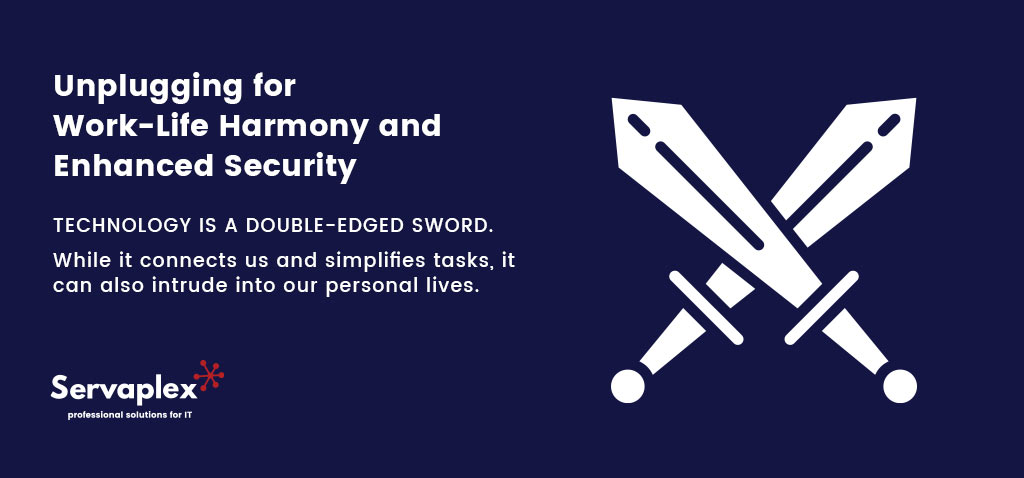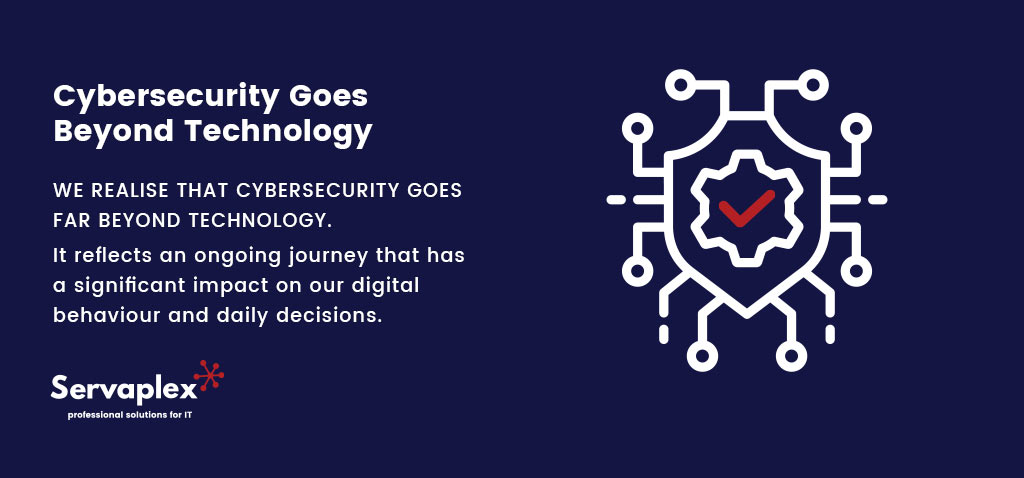From Panic to Proactive – User-Centric Strategies for Stress-Free Digital Experiences
In today’s digital world, cybersecurity can feel like a constant battle. Fear of attacks and the hassle of complex security measures can create a lot of stress. But what if we could approach it differently? Imagine a world where cybersecurity is about peace of mind, not panic. Here are five techniques that can help you achieve just that, striking a balance between strong security and a stress-free digital life.
1. Assisting users with Teaching and Strengthening
Strong cybersecurity relies not just on technology, but on informed users. Here’s how we can empower individuals to navigate the digital world safely:
- Facilitate Knowledge Sharing: of information and effective strategies for addressing cybersecurity challenges. Promote awareness among all individuals about the significance of cybersecurity in both personal and professional contexts.
- Investing in Training: Provide regular training and educational sessions. Equip users with the skills and knowledge needed to identify risks, understand best practices, and make informed decisions online. This empowers them to be proactive in protecting themselves.
2. Putting User-friendly Security Measures in Place
Strong security shouldn’t come at the cost of convenience. Here are some practical options that balance protection with a smooth user experience:
- Password Managers: These tools simplify strong password creation and storage, eliminating the need for users to remember complex passwords for multiple accounts.
- Multi-Factor Authentication (MFA): This adds an extra layer of protection by requiring a second verification step beyond just a password. It can be implemented in user-friendly ways, such as through a code sent to a trusted phone number.
- Secure Communication Platforms: These platforms encrypt messages, ensuring the confidentiality of your communication.

3. Cultivating Balance: Unplugging for Work-Life Harmony and Enhanced Security
Technology is a double-edged sword. While it connects us and simplifies tasks, it can also intrude into our personal lives. Here’s how to strike a healthy balance:
- Unplug to Recharge: Discourage constant digital connection outside of work hours. This “digital detox” allows you to unwind, focus on personal interests, and reduce stress.
- Boundaries for a Balanced Life: Encourage setting clear boundaries between work and personal time. This could involve designated work hours and resisting the urge to check work messages during off-hours.
- Security Through Disconnection: The benefits of this balanced approach extend beyond well-being. By disconnecting strategically, you’re less likely to fall victim to cyberattacks that often target those constantly online.
4. Scheduling Updates & User Awareness: Building a Secure, Efficient System
In today’s digital world, cyber threats constantly mutate, leaving vulnerable systems exposed. Outdated software and uninformed users create critical gaps in your systems. These weaknesses can be exploited, leading to data breaches, financial ruin, and reputational collapse. Here’s the solution: a two-pronged approach of scheduled updates and user awareness to fortify your digital defences.
- Regular System Maintenance: Establish a clear schedule for updating software and patching systems. This proactive approach ensures your defences stay ahead of evolving cyber threats.
- Educate Users on Why Updates Matter: Help users understand the importance of keeping software current. Explain that timely updates address security vulnerabilities, safeguarding them from potential attacks.
- Automate When Possible: Whenever feasible, streamline the update process by automating it. This reduces the burden on users who no longer need to manually update and monitor systems constantly. As a result, the update process becomes effortless, ensuring your systems remain protected without disrupting workflows.
5. Open Communication: The Key to Effective Cybersecurity
Cybersecurity threats are a constant worry for businesses, with potential financial losses, reputational damage, and legal issues looming. However, a surprising barrier often exists: a culture of silence around security incidents. Employees might fear blame or lack reporting channels, hindering organizations from addressing vulnerabilities. Breaking this silence through open communication is critical for effective cybersecurity.
- Safe Reporting Channels: Provide accessible and confidential avenues for reporting security issues. This empowers employees to come forward without hesitation.
- Focus on Solutions, Not Blame: Shift the focus from finding fault to addressing the issue. This collaborative approach fosters trust and facilitates the development of effective security measures.
- Reduced Fear, Increased Security: By knowing they can report concerns without fear, employees feel less anxious about security events. This open dialogue is crucial for maintaining a robust security posture.

Cybersecurity Goes Beyond Technology
As we accept these tactics, we realise that cybersecurity goes far beyond technology. It reflects an ongoing journey that has a significant impact on our digital behaviour and daily decisions. By implementing these concepts into our regular online activities, we not only strengthen our defences against cyber-attacks, but also establish a harmonious balance of security and tranquilly.
Navigate the Digital Landscape
In today’s technologically complex world, these methodologies act as a guiding light, allowing us to confidently navigate the digital landscape. By consistently implementing these strategies, we create a solid foundation for a safe and stress-free online existence. As a result, we immerse ourselves in the digital domain with the assurance of safety, composure, and a thorough understanding of cyber risks.
If you have an IT Problem then we’ve got the IT Solution, call us on +353-1-2304242 or contact us online for more info!




